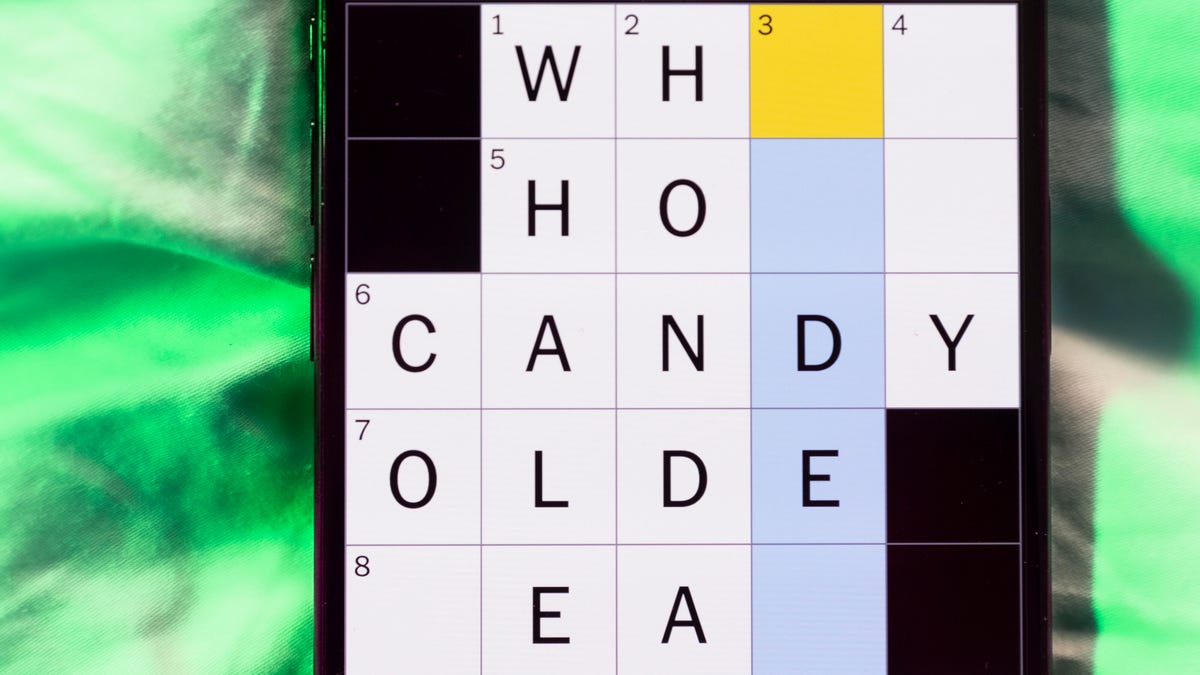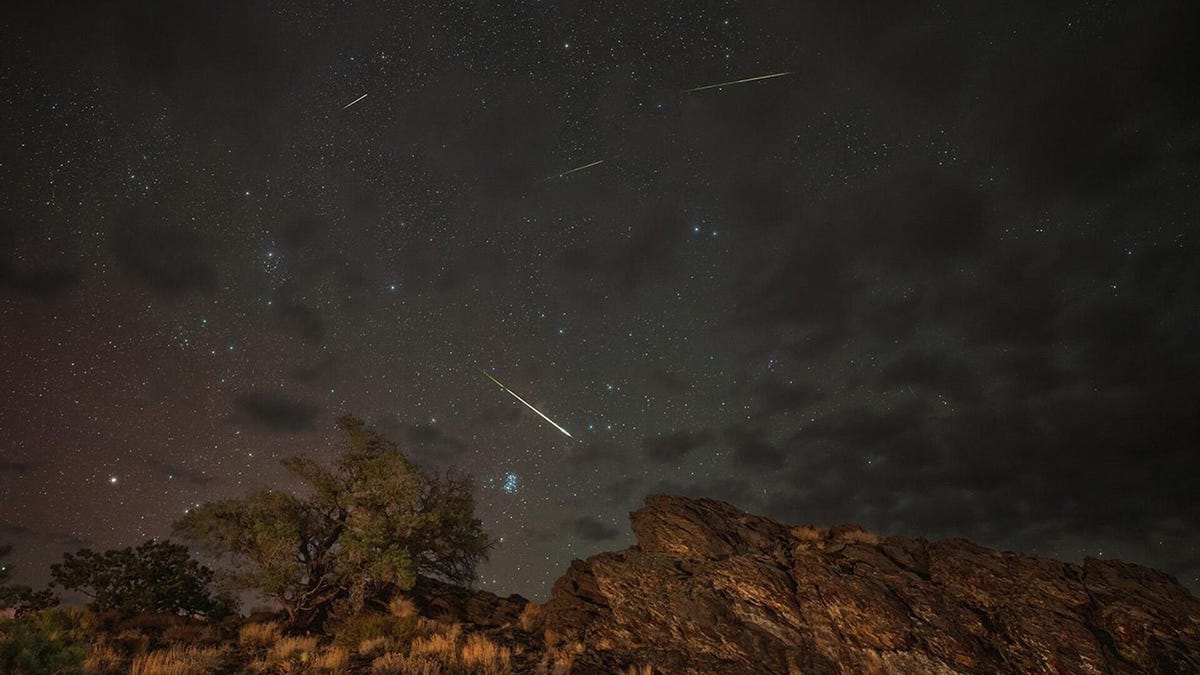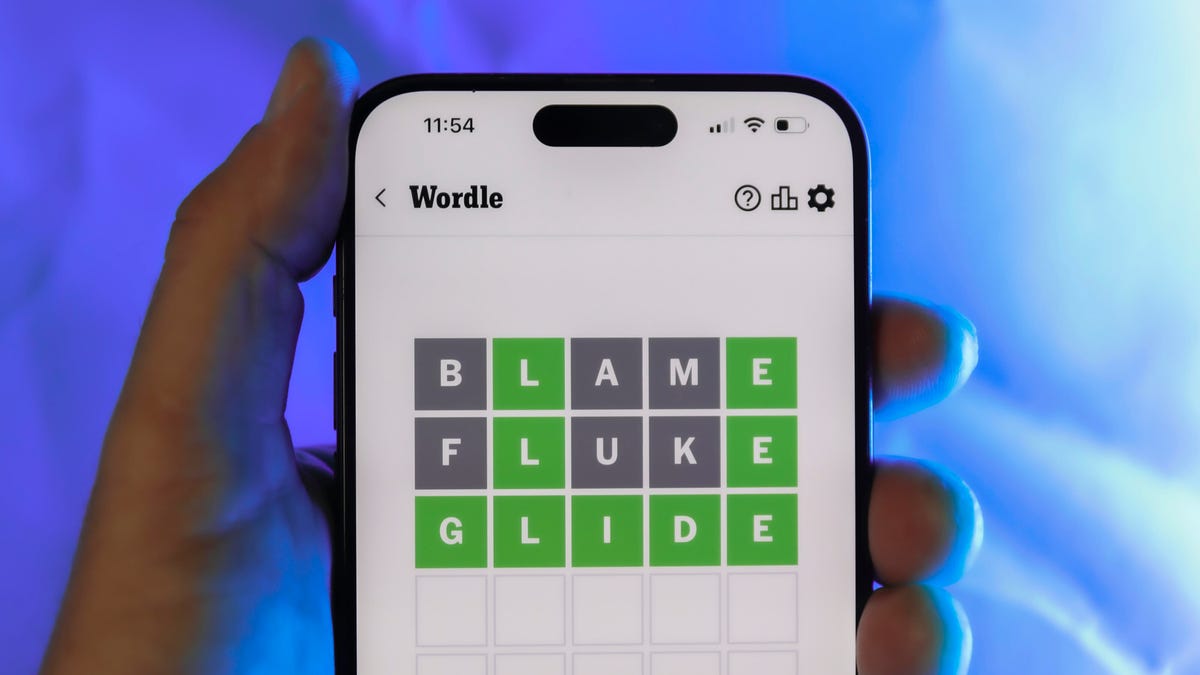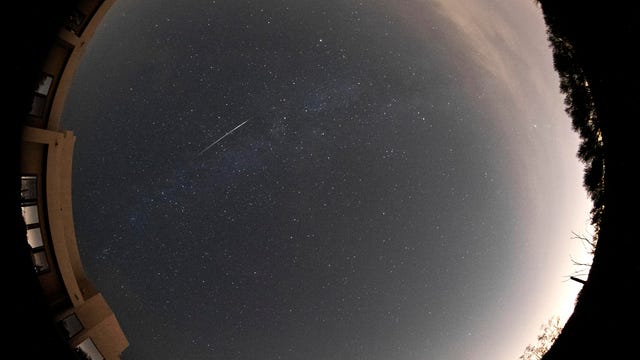Technologies
Meteor Shower Season Heats Up With Daytime Sextantid Show
Earth is set to pass through a series of dusty clouds of space debris from Halley’s Comet and others that promise to light up night skies.

August’s Perseid meteor shower may be the most well known of the year, but it’s the last quarter of the year that brings the most shooting-star and fireball action to night skies.
As of this week, both the Orionid and Southern Taurid meteor showers are active and the little known Daytime Sextantid shower is peaking now.
The Sextantids are often ignored for obvious reasons because they’re oriented in such a way that they’re typically impacting our atmosphere during the day and therefore washed out by sunlight. However lucky observers may be able to catch one in the hour before dawn, when they can sometimes be seen shooting straight upward from the eastern horizon. This unusual shower peaks Wednesday, making Thursday morning the ideal time to go looking for the rare upward-shooting meteor.
Fortunately, the pre-dawn hours are also a good time to look for the other meteor showers active now.
While the Orionids aren’t set to peak until around Oct. 20, they still add some shooting stars to each night’s sky until then. The Taurids, on the other hand, don’t have a very defined peak and are forecast to be visible at a rate of around two per hour over the next several weeks.
Adding to the celestial drama is the Taurids’ reputation for delivering a number of bright fireballs streaking through the sky.
«In 2022, the Earth passed through a swarm of Taurid fireballs,» writes Bob Lunsford for the American Meteor Society. «This year we are further from this swarm but will still encounter some fireball activity.»
The Taurids can be traced to debris from the comet 2P/Encke, while the Orionids are connected to the leavings of the famed Halley’s Comet, which visits the inner solar system only about every 75 years. The celebrity snowball won’t be back until 2061.
Two distinct clouds from Halley’s Comet are responsible for both the Orionids each October and the Eta Aquariids meteor shower in May.
How to see the celestial show
When the Orionids peak between Oct 20 and 22, the conditions should be nearly perfect, especially with the moonless sky on the morning of the 22nd in the hours just before dawn. Most nights, the area near the constellation of Orion the Hunter where the Orionids appear to radiate from will be highest in the sky around 2 a.m. But it may be possible to see the meteors anytime between midnight and dawn. The closer you get to dawn, the better your chance of seeing one of those vertical Sextantids as well.
The Orionids are known for zipping through the sky at relatively high speed and often leaving long trains that can linger for a second or two.
During those peak mornings, the number of Orionid meteors will suddenly increase to between 10 and 20 per hour, but sometimes Earth passes through a particularly dense pocket of debris and those rates shoot up to 50 to 70, rivaling the Perseids.
While it’s worth marking the Orionids’ peak on your calendar, you might be able to catch a handful of meteors and a fireball on any given night over the next several weeks.
If you have at least an hour free on a night with clear skies and a location away from light pollution, all you need to do is find an area with a broad view of the night sky. Allow at least 15 minutes for your eyes to adjust to the darkness and then just relax, lie back and watch.
You’ll hear seasoned skywatchers talking about orienting yourself to face the radiant of a particular meteor shower. The radiant is the section of the sky from which certain meteors will appear to radiate outward. Meteor showers are usually named for a constellation within that radiant, so the Orionids are named for Orion.
If you can locate Orion in the sky and orient yourself in that direction, it might boost your viewing experience slightly. But the reality is that most amateurs won’t notice a difference. It’s far more important to have dark skies away from light pollution and the widest view of the sky possible. While meteors might originate from a certain radiant, they go all over the sky from that point, so it really doesn’t matter much which way you face.
Plus, there are more than Orionids up there on most nights. There are also the aforementioned Taurids, smaller showers like the Anthelion and even sporadic meteors that aren’t part of defined showers.
So just plan for at least an hour outside, preferably between midnight and dawn, for the best chance to make it through lulls in activity and spotting a few meteors. Be sure to bring all you need to be comfortable that long: Blankets, snacks and drinks are a good idea. Good luck!
Technologies
Today’s NYT Mini Crossword Answers for Wednesday, Dec. 24
Here are the answers for The New York Times Mini Crossword for Dec. 24.

Looking for the most recent Mini Crossword answer? Click here for today’s Mini Crossword hints, as well as our daily answers and hints for The New York Times Wordle, Strands, Connections and Connections: Sports Edition puzzles.
Need some help with today’s Mini Crossword? I’m Irish-American, but yet 6-Down, which involves Ireland, stumped me at first. Read on for all the answers.. And if you could use some hints and guidance for daily solving, check out our Mini Crossword tips.
If you’re looking for today’s Wordle, Connections, Connections: Sports Edition and Strands answers, you can visit CNET’s NYT puzzle hints page.
Read more: Tips and Tricks for Solving The New York Times Mini Crossword
Let’s get to those Mini Crossword clues and answers.
Mini across clues and answers
1A clue: Wordle or Boggle
Answer: GAME
5A clue: Big Newton
Answer: ISAAC
7A clue: Specialized vocabulary
Answer: LINGO
8A clue: «See you in a bit!»
Answer: LATER
9A clue: Tone of many internet comments
Answer: SNARK
Mini down clues and answers
1D clue: Sharks use them to breathe
Answer: GILLS
2D clue: From Singapore or South Korea, say
Answer: ASIAN
3D clue: Large ocean ray
Answer: MANTA
4D clue: ___ beaver
Answer: EAGER
6D clue: Second-largest city in the Republic of Ireland, after Dublin
Answer: CORK
Don’t miss any of our unbiased tech content and lab-based reviews. Add CNET as a preferred Google source.
Technologies
Quadrantids Is a Short but Sweet Meteor Shower Just After New Year’s. How to See It
This meteor shower has one of the most active peaks, but it doesn’t last for very long.

The Quadrantids has the potential to be one of the most active meteor showers of the year, and skygazers won’t have long to wait to see it. The annual shower is predicted to reach maximum intensity on Jan. 3. And with a display that can rival Perseids, Quadrantids could be worth braving the cold to see it.
Don’t miss any of our unbiased tech content and lab-based reviews. Add CNET as a preferred Google source.
The show officially begins on Dec. 28 and lasts until Jan. 12, according to the American Meteor Society. Quadrantids is scheduled to peak on Jan. 2-3, when it may produce upwards of 125 meteors per hour. This matches Perseids and other larger meteor showers on a per-hour rate, but Quadrantids also has one of the shortest peaks at just 6 hours, so it rarely produces as many meteors overall as the other big ones.
The meteor shower comes to Earth courtesy of the 2003 EH1 asteroid, which is notable because most meteor showers are fed from comets, not asteroids. Per NASA, 2003 EH1 is a near-Earth asteroid that orbits the sun once every five and a half years. Science posits that 2003 EH1 was a comet in a past life, but too many trips around the sun stripped it of its ice, leaving only its rocky core. The Earth runs through EH1’s orbital debris every January, which results in the Quadrantids meteor shower.
How and where to see Quadrantids
Quadrantids is named for the constellation where its meteors appear to originate, a point known as the radiant. This presents another oddity, as the shower originates from the constellation Quadrans Muralis. This constellation ceased to be recognized as an official constellation in the 1920s and isn’t available on most publicly accessible sky maps.
For the modern skygazer, you’ll instead need to find the Bootes and Draco constellations, both of which contain stars that were once a part of the Quadrans Muralis. Draco will be easier to find after sunset on the evening of Jan. 2, and will be just above the horizon in the northern sky. Bootes orbits around Draco, but will remain under the horizon until just after 1 a.m. local time in the northeastern sky. From that point forward, both will sit in the northeastern part of the sky until sunrise. You’ll want to point your chair in that direction and stay there to see meteors.
As the American Meteor Society notes, Quadrantids has a short but active peak, lasting around 6 hours. The peak is expected to start around 4 p.m. ET and last well into the evening. NASA predicts the meteor shower to start one day later on Jan. 3-4, so if you don’t see any on the evening of Jan. 2, try again on Jan. 3.
To get the best results, the standard space viewing tips apply. You’ll want to get as far away from the city and suburbs as possible to reduce light pollution. Since it’ll be so cold outside, dress warmly and abstain from alcoholic beverages, as they can affect your body temperature. You won’t need any binoculars or telescopes, and the reduced field of view may actually impact your ability to see meteors.
The bad news is that either way, the Quadrantids meteor shower coincides almost perfectly with January’s Wolf Moon, which also happens to be a supermoon. This will introduce quite a lot of light pollution, which will likely drown out all but the brightest meteors. So, while it may have a peak of over 100 meteors per hour, both NASA and the AMS agree that the more realistic expectation is 10 or so bright meteors per hour.
Technologies
Today’s Wordle Hints, Answer and Help for Dec. 24, #1649
Here are hints and the answer for today’s Wordle for Dec. 24, No. 1,649.

Looking for the most recent Wordle answer? Click here for today’s Wordle hints, as well as our daily answers and hints for The New York Times Mini Crossword, Connections, Connections: Sports Edition and Strands puzzles.
Today’s Wordle puzzle is a little tricky, with a double letter that could confuse players. If you need a new starter word, check out our list of which letters show up the most in English words. If you need hints and the answer, read on.
Read more: New Study Reveals Wordle’s Top 10 Toughest Words of 2025
Today’s Wordle hints
Before we show you today’s Wordle answer, we’ll give you some hints. If you don’t want a spoiler, look away now.
Wordle hint No. 1: Repeats
Today’s Wordle answer has one repeated letter.
Wordle hint No. 2: Vowels
Today’s Wordle answer has one vowel, but it’s the repeated letter, so you’ll see it twice.
Wordle hint No. 3: First letter
Today’s Wordle answer begins with S.
Wordle hint No. 4: Last letter
Today’s Wordle answer ends with L.
Wordle hint No. 5: Meaning
Today’s Wordle answer can refer to a cylindrical device upon which thread is wound.
TODAY’S WORDLE ANSWER
Today’s Wordle answer is SPOOL.
Yesterday’s Wordle answer
Yesterday’s Wordle answer, Dec. 23, No. 1648 was GLINT.
Recent Wordle answers
Dec. 19, No. 1644: MYRRH
Dec. 20, No. 1645: WHITE
Dec. 21, No. 1646: QUILT
Dec. 22, No. 1647: CONCH
Don’t miss any of our unbiased tech content and lab-based reviews. Add CNET as a preferred Google source.
-

 Technologies3 года ago
Technologies3 года agoTech Companies Need to Be Held Accountable for Security, Experts Say
-

 Technologies3 года ago
Technologies3 года agoBest Handheld Game Console in 2023
-

 Technologies3 года ago
Technologies3 года agoTighten Up Your VR Game With the Best Head Straps for Quest 2
-

 Technologies4 года ago
Technologies4 года agoBlack Friday 2021: The best deals on TVs, headphones, kitchenware, and more
-

 Technologies4 года ago
Technologies4 года agoVerum, Wickr and Threema: next generation secured messengers
-

 Technologies4 года ago
Technologies4 года agoGoogle to require vaccinations as Silicon Valley rethinks return-to-office policies
-

 Technologies4 года ago
Technologies4 года agoOlivia Harlan Dekker for Verum Messenger
-

 Technologies4 года ago
Technologies4 года agoiPhone 13 event: How to watch Apple’s big announcement tomorrow



